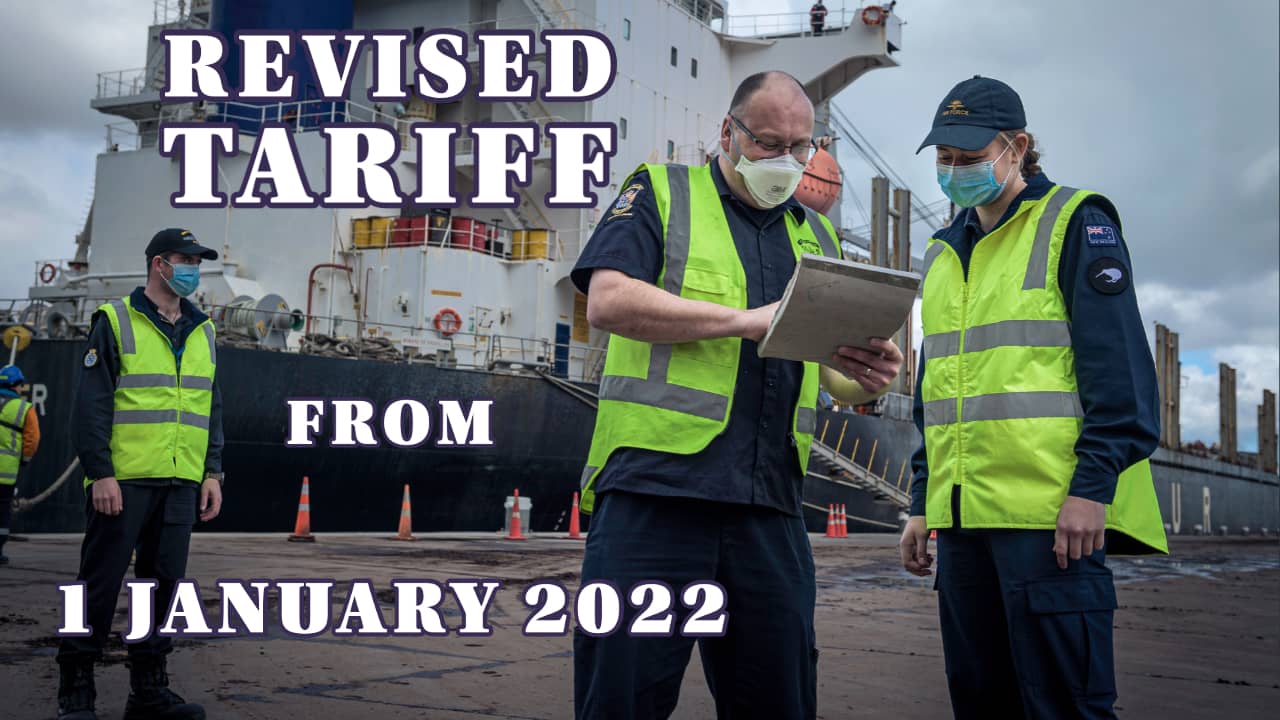
Changes to Harmonised System (HS) effective 1 January 2022
2-minute read
Every five years the World Customs Organization (WCO) revises the Harmonized System (HS) to improve it and accommodate advances in technology, environmental and social issues that are of global concern and require enhanced monitoring, and changes in the patterns of world trade.
New Zealand is a signatory to the HS Convention and is obliged to incorporate the Amendments in the Tariff of New Zealand.
The latest edition of the HS, which took effect from 1 January 2022 is now available.
It is important to note that the changes to the Tariff are structural only and do not change the rates of duty.
New tariff items have been created for:
- the identification and monitoring of goods that are of importance to the food security programme of the Food and Agriculture Organisation of the United Nations. These goods include flours/meals/pellets of fish, crustaceans, molluscs and other aquatic invertebrates, edible insects, certain varieties of mushrooms, pine nuts, the bark of African cherry;
- products intended for inhalation without combustion containing tobacco, reconstituted tobacco, nicotine or substitutes and other nicotine products;
- specific chemicals, which will facilitate the monitoring and control of dual-use goods, products controlled by various international conventions including the Kigali Amendment to the Montreal Protocol, the Chemical Weapons Convention, the Rotterdam Convention;
- the monitoring and control of fentanyl and their derivatives;
- various medical products, which includes placebos and blinded clinical trial kits for recognised clinical trials, cell therapy products and certain dual-use items;
- the monitoring and control of goods required for the production and use of improvised explosive devices;
- flat panel display modules;
- electronic waste and scrap;
- unmanned aircraft;
- the monitoring and control of antiques and cultural articles to counter illicit trade and trafficking; and
- changes in trade patterns due to obsolete trade (e.g. answer phones), technological developments (e.g. solar energy products, smartphones, LEDs) and new technologies (e.g. 3D printers).
A full list of the changes to the HS Nomenclature is available from the WCO website.
Other changes include:
- Part II Concessions
- Consequential amendments to the Excise and Excise-equivalent Duty Table
- Consequential amendments to the Synthetic Greenhouse Gas Levy
- Consequential amendments to Rules of Origin regulations under Part 6, Customs and Excise Regulations 1996
For more information and a summary of all changes please visit NZ Customs Service.
Source: New Zealand Customs Service
P.S. Easy Freight Ltd helps New Zealand importers & exporters to save money on international freight and reduce mistakes by guiding how to comply with Customs and biosecurity rules.
➔ Contact us now to learn how we can assist you.
